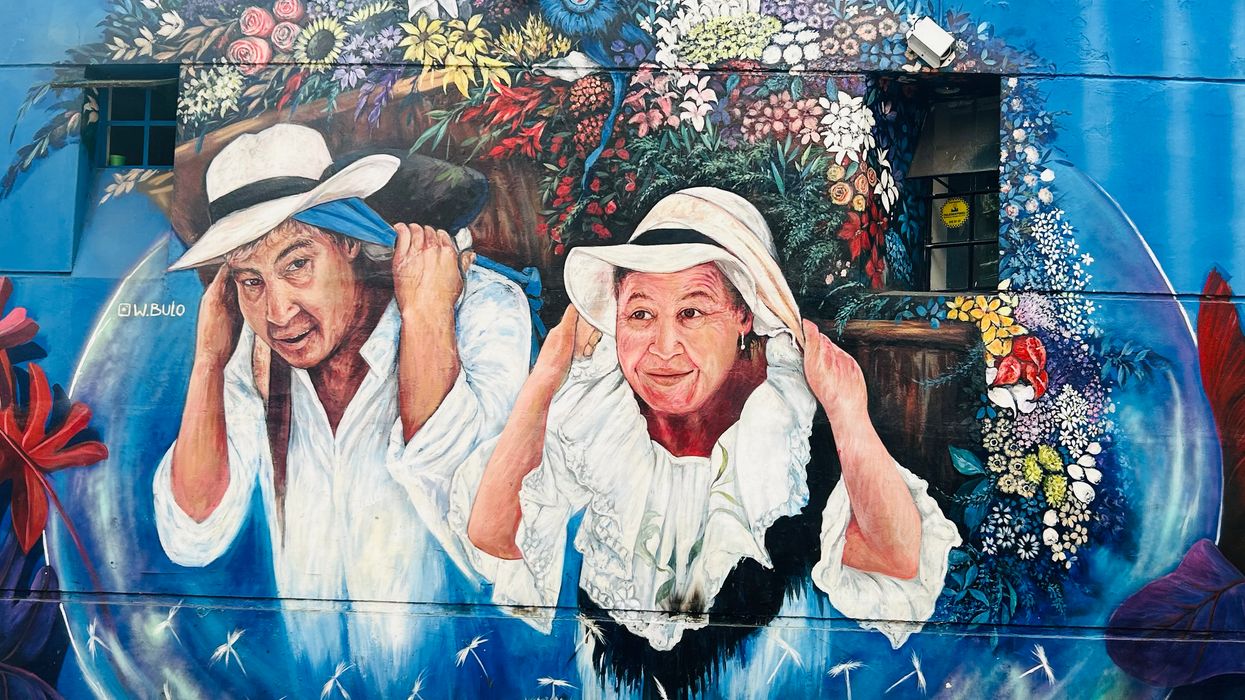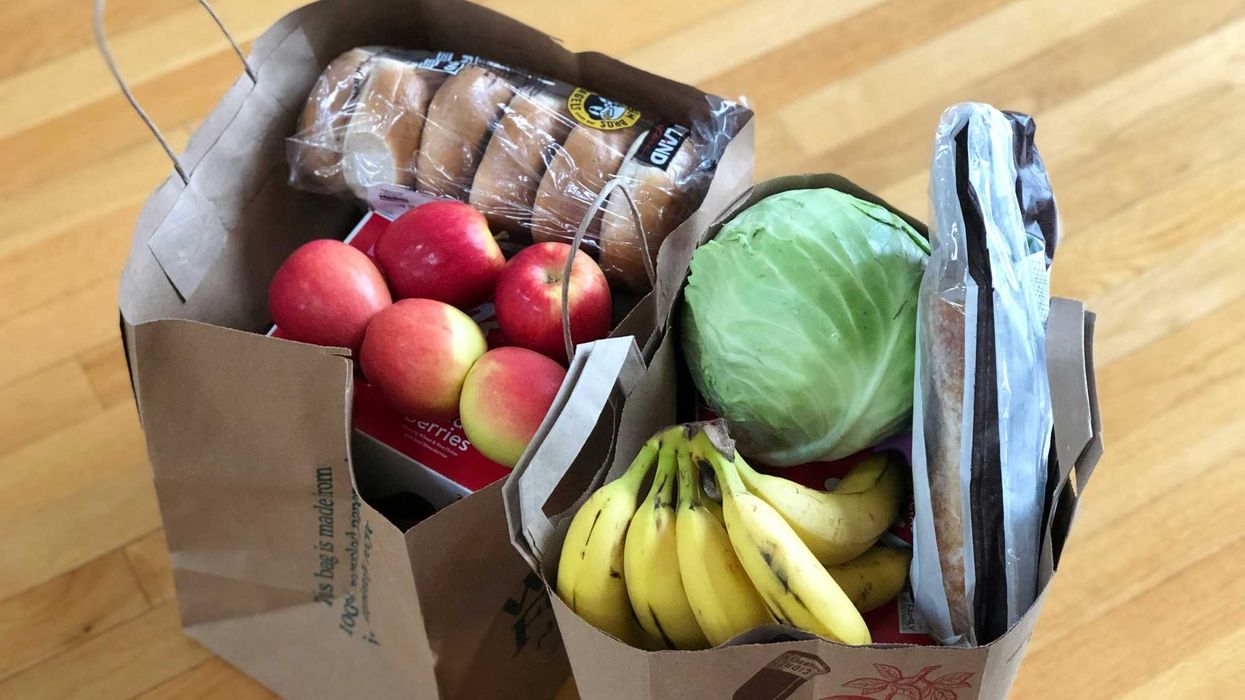Medellín, Colombia — The city of eternal spring once again lived up to its name as Medellín wrapped up the 2025 edition of its iconic Feria de las Flores this week, a ten-day celebration of paisa culture, floral artistry, and community pride. Held from August 1 to 10, the festival featured over 200 events, drawing locals and tourists alike into a vibrant tapestry of tradition, music, and innovation.
At the heart of the Feria was the legendary Desfile de Silleteros, held on August 10. This year, 535 silleteros from Santa Elena paraded through the city with elaborate floral arrangements strapped to their backs—living testaments to Antioquia’s agricultural heritage.
The grand winner of the 68th Desfile de Silleteros at Medellín’s Feria de las Flores 2025 was Juan Pablo Sánchez, representing the vereda San Ignacio in Santa Elena. His breathtaking silleta, crafted entirely from native and exotic flowers, earned top honors in the Monumental category and was crowned the overall winner of the event.
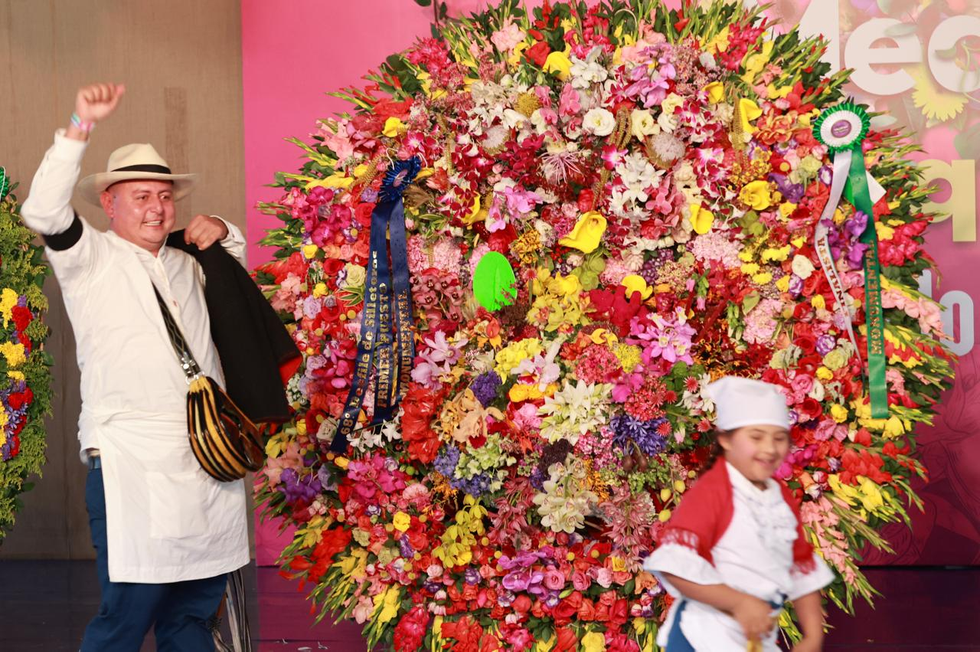 Juan Pablo S\u00e1nchez, Desfile de Silleteros 2025. (Credit:FeriadelasFlores.com)
Juan Pablo S\u00e1nchez, Desfile de Silleteros 2025. (Credit:FeriadelasFlores.com)
Sánchez, a seasoned silletero with nearly two decades of experience, described his creation as a “living garden,” featuring over 70 varieties of blooms including roses, gladioli, azucenas, and orchids. His emotional reaction—kneeling in gratitude—captured the spirit of the tradition and the pride of the community.
“I hadn’t been a finalist or anything for nine years, but I kept working, because this prize is every silletero’s dream. I’ve put in the effort, and this is the result of dedication,” said Sánchez. The last time the silletero won the prize in the same category was in 2016.
“Our silleteros—who are the heart of this celebration—represent our values and traditions. All of them, including the young silleteritos,” said Medellin’s Mayor Federico Gutiérrez.
Gutiérrez emphasized the Feria’s role in preserving intangible cultural heritage and fostering social inclusion. With international visitors flocking to the city, the event reinforced Medellín’s reputation as a hub of innovation and tradition.
Antioquia’s Flowers: From Local Pride to Global Trade
Beyond its cultural significance, the Feria de las Flores also shines a spotlight on Antioquia’s role in Colombia’s booming floriculture industry. The region is a powerhouse in the global cut flower market, with Colombia supplying nearly 60% of all cut flowers imported into the United States.
Roses, carnations, hydrangeas, and alstroemerias grown in Antioquia’s fertile highlands are exported daily, thanks in part to trade agreements like the Andean Trade Preference Act, which helped transform flower farming into a sustainable economic engine.
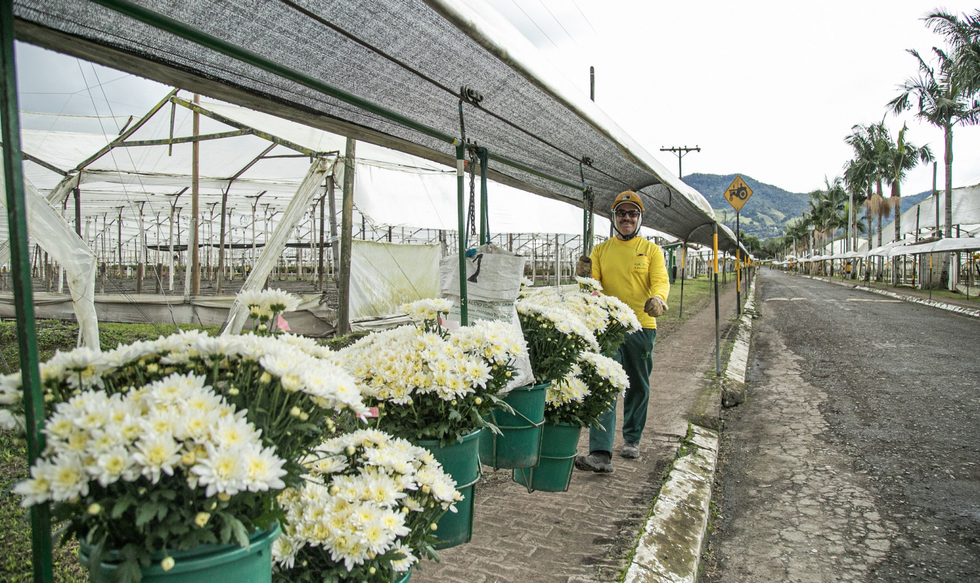 Flores El Capiro farm, Antioquia, ColombiaCredit: Flores El Capiro
Flores El Capiro farm, Antioquia, ColombiaCredit: Flores El Capiro
One of the leading players in the floral industry is Flores El Capiro, based in La Ceja, Antioquia. Specializing in chrysanthemums, Capiro is one of the world’s largest pompon cultivators and a global leader in maritime flower transport. With over 80 varieties and a strong commitment to sustainability and community development, the company exemplifies how Antioquia’s floral legacy extends far beyond the parade route—into homes and markets across the U.S. and beyond.
Valentine’s Day marks the most lucrative season for Colombia’s cut flower industry, driving a surge in exports and employment. In 2025, Colombian growers shipped over 65,000 tons of flowers to the United States, with 15 million stems destined for Valentine’s bouquets alone.
“Valentine’s Day accounts for around 12% of our annual sales. Mother’s Day represents 15%. The number of stems exported for Valentine’s Day—including to the U.S. and Europe—is 25 million, with 15 million going to the U.S. alone. That date can generate approximately $5 million dollars for us,” said Carlos Manuel Uribe, president of Flores El Capiro.
But this year’s boom nearly unraveled when the Trump administration threatened to impose 25% tariffs on Colombian imports—including flowers—as retaliation for Colombia’s refusal to accept U.S. deportation flights. The diplomatic standoff escalated rapidly, with both countries threatening to raise tariffs to 50%, jeopardizing the supply chain just days before peak shipping. The crisis was narrowly averted when Colombia agreed to accept deportees, and the tariff orders were held in reserve.
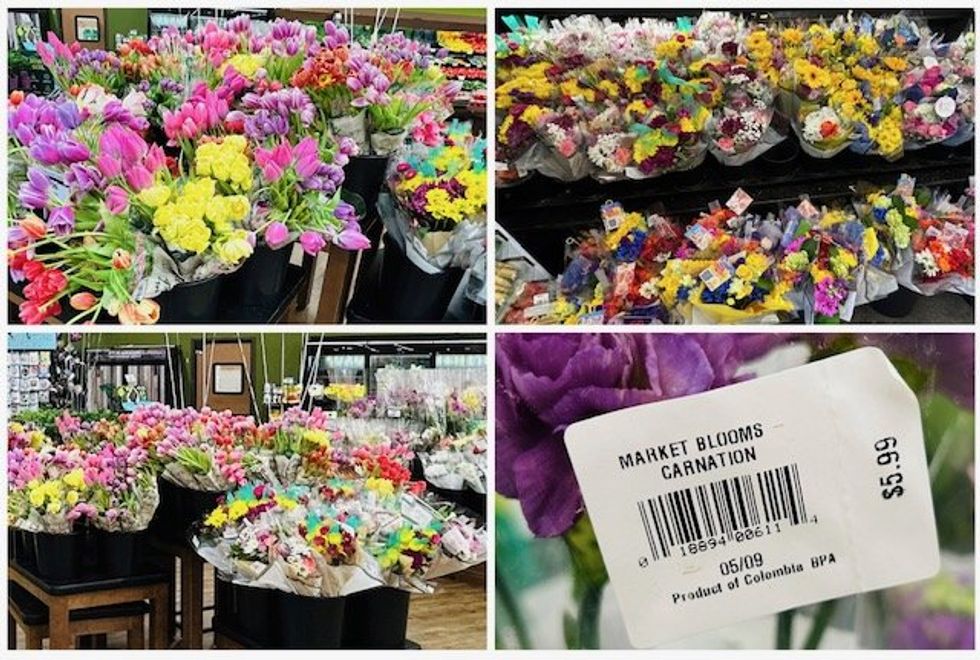 Cut flowers on display in central Connecticut supermarket Credit: Hugo Balta
Cut flowers on display in central Connecticut supermarket Credit: Hugo Balta
The episode underscored the fragility of Colombia’s floral lifeline to the U.S., even as the sector mobilizes more than 200,000 workers, with an additional 20,000 temporary jobs created during the season—many filled by women and heads of household, according to Entretenimiento Tolima and statements from Asocolflores.
The ripple effects extended to the U.S. floral industry itself. Roughly 90% of flowers imported to the U.S. pass through Miami International Airport, and many American wholesalers, supermarkets, and florists rely heavily on Colombian stems to meet Valentine’s Day demand. Retail buyers scrambled to adjust sourcing strategies, with some considering reduced stem counts or altered bouquet mixes to offset potential price hikes. A tariff-induced disruption could have driven up consumer prices and strained small businesses already operating on tight margins.
“I don’t see any benefits whatsoever from tariffs, when it comes to flowers,” said Guillermo Herrera, a floral industry consultant to small businesses in central Connecticut. “Our industry is based on an impulse purchase. Anything that effects an increase in the price of the product will effect consumption. Small companies like us don’t have the financial reserves to pay for all these tariffs ahead of time because customers will pay us 30, 40, 60 days from the day we deliver the product.”
From the hands of silleteros to the shelves of U.S. florists, Colombia’s cut flower industry and its most beloved festival remain inseparably intertwined—rooted in tradition, blossoming through trade, and thriving on resilience.
- YouTube youtu.be
Hugo Balta is the executive editor of the Fulcrum and the publisher of the Latino News Network. Balta is the only person to serve twice as president of the National Association of Hispanic Journalists (NAHJ).





